Indian Creek Cemetery had the most effect on me. I believe it is a historically black cemetery, although I cannot find any source to cite. Many of the graves in the older section, from the early to mid 1900s aren't proper grave markers, but are nothing more than fieldstones, with no engravings.
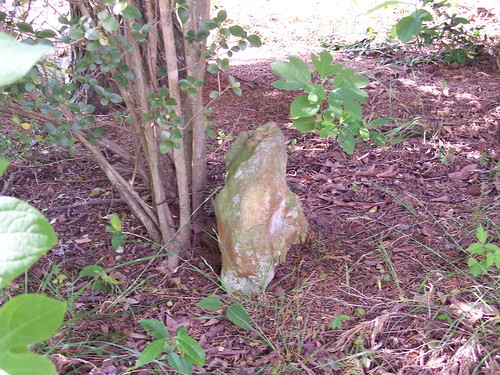
A simple fieldstone marker, with no inscription
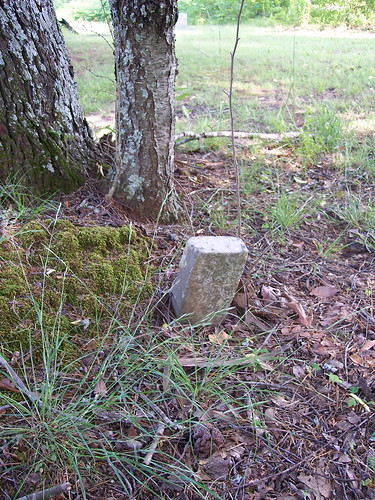
Another plain marker, no inscription
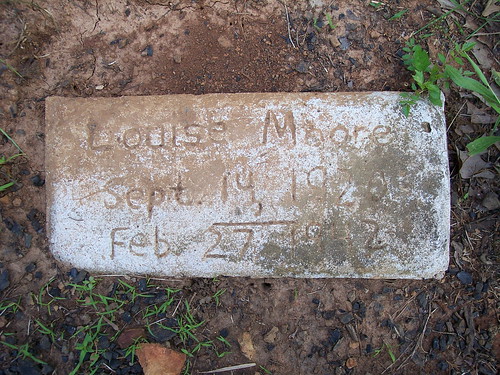
A homemade cast concrete marker, with the name and dates inscribed while the concrete was still wet
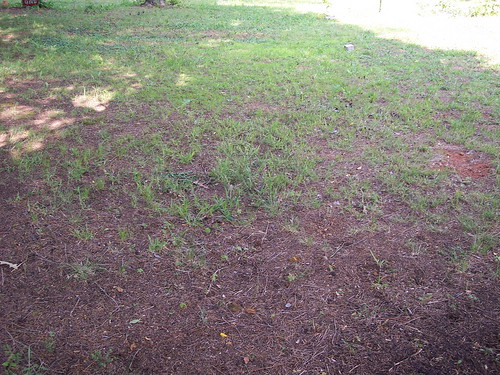
A completely unmarked grave, the only indication it's there is the depression in the earth
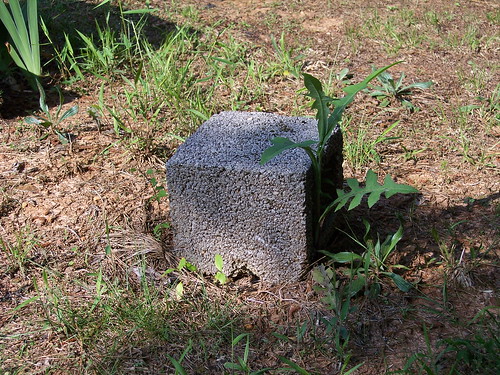
Yes, that's a concrete cinder block, used as a grave marker.
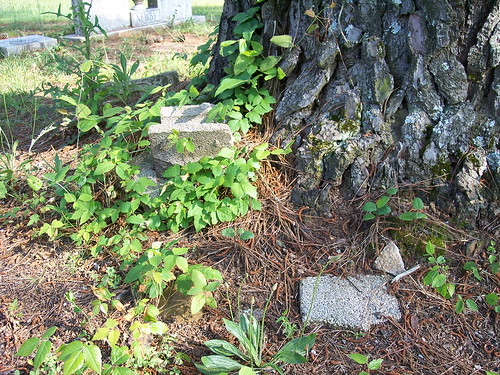
Another grave marked by a cinder block, which was broken by the gree growing through it...
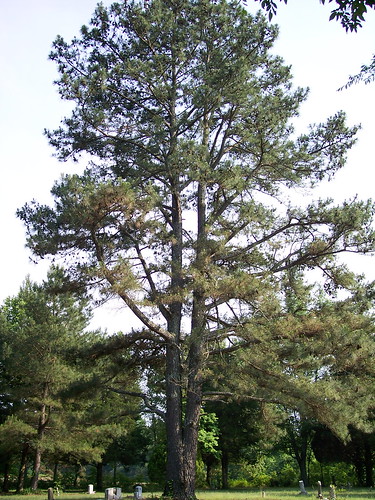
...Although the tree itself is a majestic memorial, a great living memorial. The twin-trunked pine is over 100 feet tall. I think the person who is buried there got the last laugh.
3 comments:
Love the cemetery pics (and those below too). I'm always fascinated by cemeteries.
In the first pic it looks like a couple of sassafras trees are starting to grow there. Nice.
The wife and I own some woods in the Missouri Ozarks that are covered with dozens of human-sized mounds. These might be burial mounds of Osage Indians. (Of course if they are, it is illegal to dig them up.) Curiously, they are all aligned east/west, which makes me think they are a human construction. It doesn't bother me to walk the woods amidst all of these graves. There is a sense of continuity to it.
Generally I love walking through old cemeteries, but Indian Creek bothered me. I believe it is a historically black cemetery, and it shows, some marked only with cinder blocks, if anything they were marked with anything at all.
I've been through plenty of very old cemeteries, usually family plots of the first settlers of an area. The headstones were made by the families, names and dates carved into the local stone. The markers were just as modest because of lack of contact with larger towns and cities.
Post a Comment